Polyanionic Cellulose
The mud prepared with this product has the features of good water loss reduction, inhibition, high temperature resistance. Widely used in drilling, especially in salt water wells and offshore drilling.
Brand HAILANCHEM
Certification

Lead Time 30days
Guarantee Period 12months
Source of Supply Shandong
Payment Method T/T L/C
Product Information
overview:
Polyanionic cellulose referred to as PAC, is from natural cellulose by chemical modification and the obtained water-soluble derivatives of cellulose ethers, is an important water-soluble cellulose ether, white or slightly yellow powder, non-toxic, tasteless, it can be dissolved in water, have good heat stability, and salt-tolerance, anti-bacterial and strong. The mud prepared with PAC has features of good water loss reduction, inhibition and high temperature resistance. Widely used in drilling, especially in salt water wells and offshore drilling.
PAC features:
Ionic cellulose ether is a high purity, high degree of substitution, substituent distribution and so on. Can be used as thickener, rheology modifier, water, etc. down.
Suitable for use in salt water from fresh water to the saturation of any mud.
PAC low viscosity-type filtration can effectively reduce the volume of the system without a significant increase in mucus, especially in systems with high solid content.
Blood plasma-based PAC-made high, the role of obvious fluid loss. In particular, for low solid-phase slurry and solid-phase saline mud. PAC fluid mud can be prepared in high salt medium clay and shale inhibition dispersion and expansion of the shaft so that the pollution under control.
Excellent drilling mud and workover fluids, fracturing fluid is also efficient.
PAC Application:
1, Application of PAC in the drilling fluid
PAC is ideal for use as an inhibitor and loss-reducing agent. The mud fluid prepared by PAC can inhibit the dispersion and expansion of clay and shale in a high salt medium, thus controlling wellbore contamination.
2, Application of PAC in the workover fluid.
The workover fluid prepared by PAC is of low solid phase, which will not block the permeability of the production layer due to solids, and will not damage the production layer. Moreover, it has low water loss, which reduces the amount of water entering the production layer. The workover fluid prepared by PAC has advantages that other workover fluids do not: Protecting the production layer from permanent damage; carrying capacity in clean borehole, and reducing the workload of maintaining borehole; The ability to resist water and sediment penetration, and rarely bubbles; It can be stored or used from well to well with lower cost than general mud workover fluid.PAC prepared using workover fluid is a low-solid-phase, and not because of the solid layer and the blocking of the infiltration capacity of the production would not be harmful to the production floor; and the loss of low water, so that production level to reduce the amount of water, and access to water emulsion will be formed by blocking phenomenon Township.
PAC prepared using workover fluid to provide hydraulic workover other advantages not available.
Production level to protect against permanent damage;
Clean the hole with a carrying capacity, and the maintenance of boreholes to reduce the workload;
Resistance to water and sediment have the ability to infiltrate and few foaming;
Can be stored or transferred between the wells and wells, and workover fluid mud than the average and low cost.
3, Application of PAC in the fracturing fluid
Fracturing fluid prepared with PAC has the features of withstanding 2% KCI solution , good dissolution performance, easy to use, mixed on site, gelling fast and strong sand carrying capacity. Used in the formation with low osmotic pressure , it's fracturing effect is more outstanding.
| Property / Type |
Testing standard | Apparent Viscosity | Filtrate volume | Moisture | degree of substitution |
| PAC-HV | API-13 | Min.50 | Max. 23 ml | Max. 10 | Min. 0.9 |
| PAC-LV | API-13 | Max. 40 | Max. 16 ml | Max. 10 | Min. 0.9 |
Recommendations
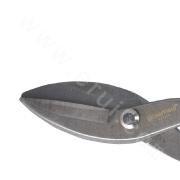
10" Tin Snips
BrandSHEFFIELD
RS78.100-12A Stem
BrandRUSHI
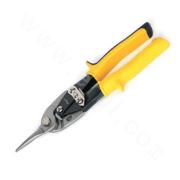
10" Straight Aviation Tin Snip
BrandSHEFFIELD
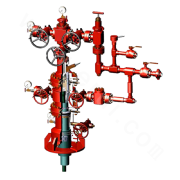
3000 PSI DD Electric Pump Wellhead
BrandLIWEN

Suction Pump Accessories-internal Thread Plunger Connector
BrandBAOSHI
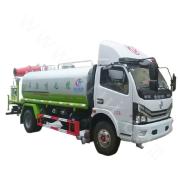
9.2 Tons Sprinkling Truck
BrandCLW
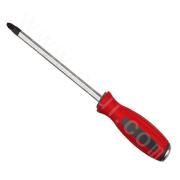
Go Through Screwdriver Phillips
BrandENDURA

Pump Accessories-pump Barrel Valve Cover Reducer
BrandBAOSHI
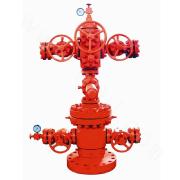
5000PSI, 2-1/16 '' Christmas Tree
BrandLIWEN
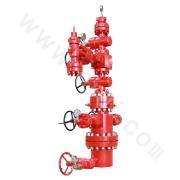
3000PSI 1-13/16'' CC Christmas Tree
BrandLIWEN
2" NPS Pipe Cap
BrandYSDLGJ
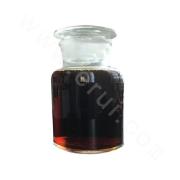
Corrosion Inhibitor
BrandDFHG
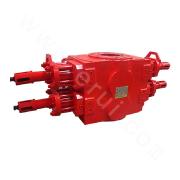
Side-open Ram BOP
BrandSHENKAI
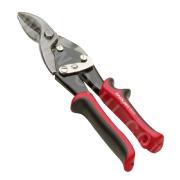
Aviation Snips-Left Cut
BrandENDURA

Welding Clamp Locking Pliers
BrandENDURA

Half-Round File
BrandENDURA
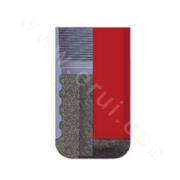
TYX Series Guide Shoe
BrandSHUANGJIA

13pc. Engineering Drills Set
BrandENDURA
